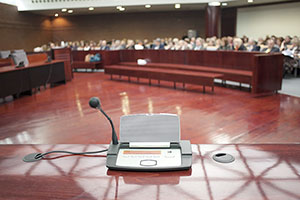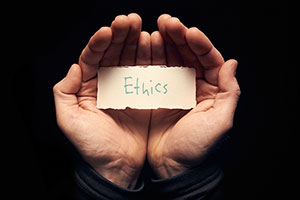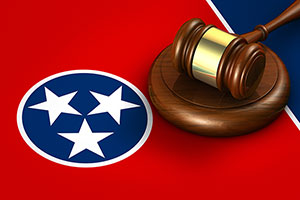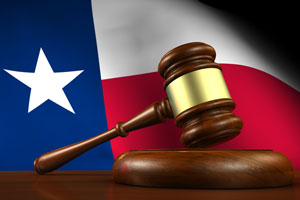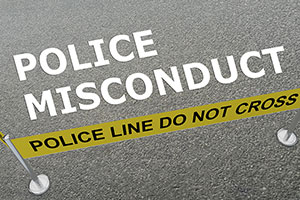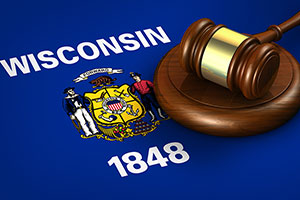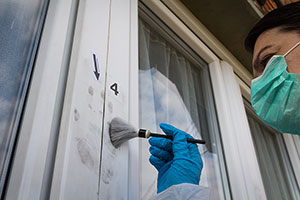Experts witnesses, particularly in the field of mental health, may find themselves traumatized by their work. Maintaining objectivity and avoiding emotional turmoil can be a challenge for experts, both in and out of the courtroom. Withstanding cross-examination also takes its own toll on experts.
Remaining Unbroken
Megan Berthold, now a professor at the University of Connecticut, conducted psychological evaluations of torture victims when she was working as a clinical social worker. She testified as an expert in immigration proceedings when torture victims claimed asylum in the United States.
An article in UConn Today reports that an immigration judge who read Berthold’s expert report on the psychological impact of torture on an asylum seeker asked Berthold how she was able to do her job without breaking. Berthold told the judge that she balanced the stories she heard from survivors about trauma and harm against the strength she saw in people who overcame torture and were on a path of healing.
The immigration judge may have been unable to internalize her lesson. A short time after he asked Berthold about her coping skills, he resigned.
Coping with Secondhand Trauma
Berthold now teaches experts in the legal system how to overcome the secondhand trauma that can be caused by working with victims of persecution. Her research has focused on the concepts of “vicarious trauma and vicarious resilience, which affect those providing assistance to survivors of torture and other traumas.”
Vicarious trauma refers to the emotional impact of dealing with traumatized individuals. Mental health experts are at risk of experiencing shock, anxiety, and other adverse reactions when they are steadily exposed to individuals who have undergone traumatic experiences. The concept is also known as “secondary traumatic stress” and “traumatic countertransference.”
Vicarious resilience, on the other hand, occurs when trauma therapists draw upon the strength of trauma survivors. Stories told by trauma victims who overcome adversity can sustain and empower experts to deal constructively with their adverse reactions to the victim’s experiences.
Coping with the Trauma of Testifying
While expert witnesses can be traumatized by working with trauma victims, the mere fact of testifying can be an anxiety-provoking event. Joel Dvoskin and Laura Guy write that testifying as an expert can be a “harrowing and anxiety-laden experience” for several reasons, including:
- fear of being embarrassed during cross-examination,
- fear of unfair accusations of unethical conduct, and
- fear of harsh criticism by attorneys and judges.
Dvoskin and Guy suggest that experts will be able to set aside those fears if they focus on giving clear and honest answers to questions while remembering that “it’s not about you.”
According to Dvoskin and Guy, the experts who have reason to fear are testifying for the wrong reasons. Experts who are embarrassed or treated harshly on the witness stand have usually given in to the temptation to act as an advocate and not as an objective expert. Their testimony is attributable “to narcissistic needs, including the need to be praised, to make money, to be right, to win.”
The need to win tempts expert witnesses to embellish their testimony to make it more helpful to the party that is paying for their services. The need to be admired tempts experts to claim credentials they haven’t earned. The need to make money tempts experts to say what the client wants to hear.
All of that can be avoided if experts “think of themselves as evidence.” An expert’s job is not to win the case. That’s the lawyer’s job. An expert’s job is to answer questions truthfully, based on the expert’s knowledge, experience, and analysis of the facts.
Tips for Expert Witnesses
Dvoskin and Guy offer good advice for potential expert witnesses who want to minimize the potential trauma of testifying. First, make sure you will be able to testify credibly. An expert who cannot be objective or who lacks “an adequate command of their field of inquiry” will not do well on cross-examination. Don’t be afraid to turn down an offer to testify if you don’t believe you are equipped to give a credible, informed opinion.
Second, write an expert report that demonstrates your credibility. That means acknowledging limitations in your knowledge, identifying and addressing any studies that contradict the studies you rely upon, and assessing alternative opinions, explaining why your opinion is the best “fit” with the facts as you understand them (or with the facts you have been asked to assume the evidence will prove).
Third, follow some simple rules while testifying:
- Tell the truth, whether it helps or hurts your client
- Don’t give an answer unless you are confident that the answer is correct
- Don’t be afraid to say “I don’t know” if that is the most truthful answer to a question
- If your answer is contingent on certain facts, always make those contingencies clear
- Identify limitations in your methodology or analysis; don’t wait for them to be exposed on cross-examination
- “Show your work” by explaining your opinions rather than stating them
- Don’t hide the fact that you’re being paid and don’t feel bad about it
- Make clear that your opinions are not just your own, but are built on solid research and methodologies that are accepted by other experts
- View your role as educating the jury; speak in simple language without being condescending or talking down to your audience
- Avoid sarcasm or attempts at humor (unless the humor is self-effacing)
- Make eye contact with jurors to give them an opportunity to evaluate your trustworthiness
- If a lawyer yells at you or belittles you, don’t take it personally and don’t lose your temper (that’s what the lawyer wants you to do)
- Listen carefully to questions and, if necessary, clarify the question before you try to answer it
Dvoskin and Guy conclude with this simple advice:
[T]he most successful, respected, and admired forensic experts are those who understand their role in context. They realize that trials are not about them, and strive not to win but to explain their opinion as clearly as possible. While this stance does not feel quite so exhilarating as being the star witness, it allows one to practice successfully, over time, in a manner that is as lucrative as it is ethical.
Following that simple advice will make it easier for experts to cope with the stress and anxiety that naturally accompanies giving expert testimony.


